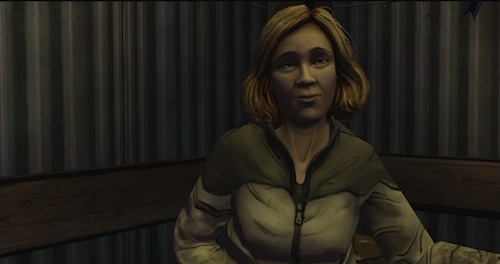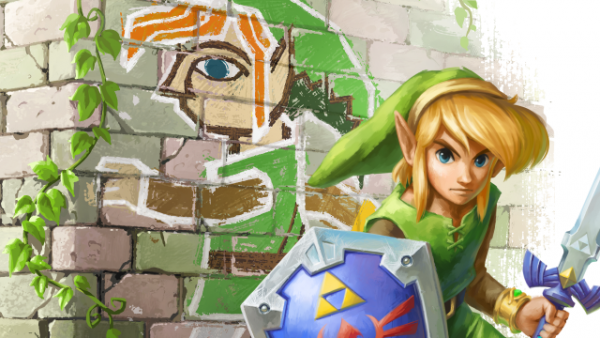After completing NBA 2K’s Living Da Dream, I was left only with feelings of wishful thinking: wishing that gaming would allow characters of color to exist in a fantasy world of possibilities. Instead, we were once again handed a series of tropes, stereotypes, respectability politics, and essentialist assumptions about Black inner city life. Preview the previous blogs in this series to gain a sense of what I mean.
This was a reminder that in America, Black children don’t get to be children. Our children aren’t able to exist in a world of castles, dragons, princess tales, and sorcery. Instead, in video games, we are relegated to tales of inner city danger, structural neglect, jive sidekick, or zombie apocalypse (the trope has worn itself out).
Why do Black stories have to be ‘authentic’? What does that even mean? Looking broadly at game narratives overtime, it’s an authentic Black story if Black spaces and people are dangerous/violent; a Black person is the idiot sidekick, or, of course, an athlete. Video games are constantly reminding us that Blackness is not worthy of meaningful storylines, character development, or even the right to live to the end. In part because Black characters are seen as threats and menaces that must be shut down.
This was the constant narrative of Freq’s friend, Victor. It is true he did not die at the hands of another young brother so thanks for not perpetuating so called “black on black violence.” The audience constantly wonders, however, if this will be his fate especially when we are taking on the awkward, dark dialogue between Freq and Victor in the car scene.
Video games, as an extension of mass media, plays an integral role in how White Americans perceive people of color. The overwhelming media focus on crime, drug use, gang violence, and other forms of anti-social behavior among Black youth in particular has distorted public perceptions of the Black community. So in imaging what a Black character may do in your game, many developers rely on these ideological tropes to tell a particular story.
This mediated history of Black America perpetuates the effects of historical oppression and contributes to the second class citizenship status and treatment. White America also has suffered from this skewed reality of Blackness because they are left with an uncertain reality that impacts their understanding of Black life in America. Many of the blanks of this uncertain reality are filled with mediated stories rooted in Black pathology.
Institutional inequalities that could help make sense of Black inner city life in particular is mostly absent. Issues such as three-strike laws, over criminalization, mass incarceration, disproportionate minority contact, the impact of neoliberal economic and social ‘reform,’ or the blurring of public and private are completely ignored and read as some kind of aberration that has no impact on Black life. In place of a consideration of larger social causes, consumers are left to imagine that the nature of their lives are permanent fixtures and a result of their own individual failings.




